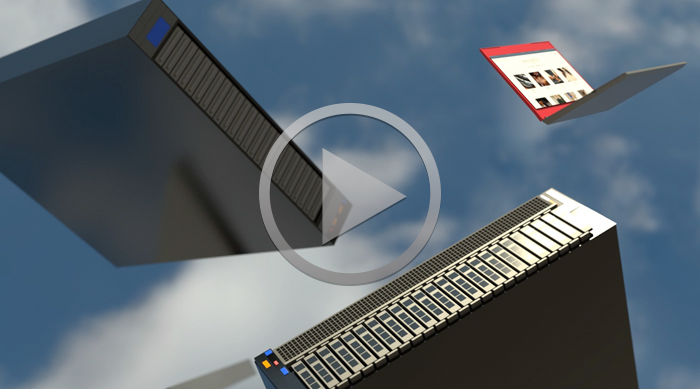A few months ago, we invited readers to send in their thoughts and ideas about web technologies and workload scenarios that may be a good fit for the next WebXPRT. We’d like to share a few of those ideas today, and we invite you to continue to send your feedback. We’re approaching the time when we need to begin firming up plans for a WebXPRT 4 development cycle in 2021, but there’s still plenty of time for you to help shape the future of the benchmark.
One of the most promising ideas for WebXPRT 4 is the potential addition of one or more WebAssembly (WASM) workloads. WASM is a low-level, binary instruction format that works across all modern browsers. It offers web developers a great deal of flexibility and provides the speed and efficiency necessary for running complex client applications in the browser. WASM enables a variety of workload scenario options, including gaming, video editing, VR, virtual machines, image recognition, and interactive educational content.
In addition, the Chrome team is dropping Portable Native Client (PNaCL) support in favor of WASM, which is why we had to remove a PNaCL workload when updating CrXPRT 2015 to CrXPRT 2. We generally model CrXPRT workloads on existing WebXPRT workloads, so familiarizing ourselves with WASM could ultimately benefit more than one XPRT benchmark.
We are also considering adding a web-based machine learning workload with TensorFlow for JavaScript (TensorFlow.js). TensorFlow.js offers pre-trained models for a wide variety of tasks including image classification, object detection, sentence encoding, natural language processing, and more. We could also use this technology to enhance one of WebXPRT’s existing AI-themed workloads, such as Organize Album using AI or Encrypt Notes and OCR Scan.
Other ideas include using a WebGL-based workload to target GPUs and investigating ways to incorporate a battery life test. What do you think? Let us know!
Justin













